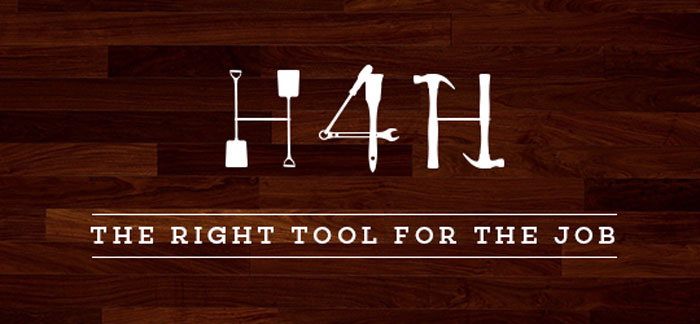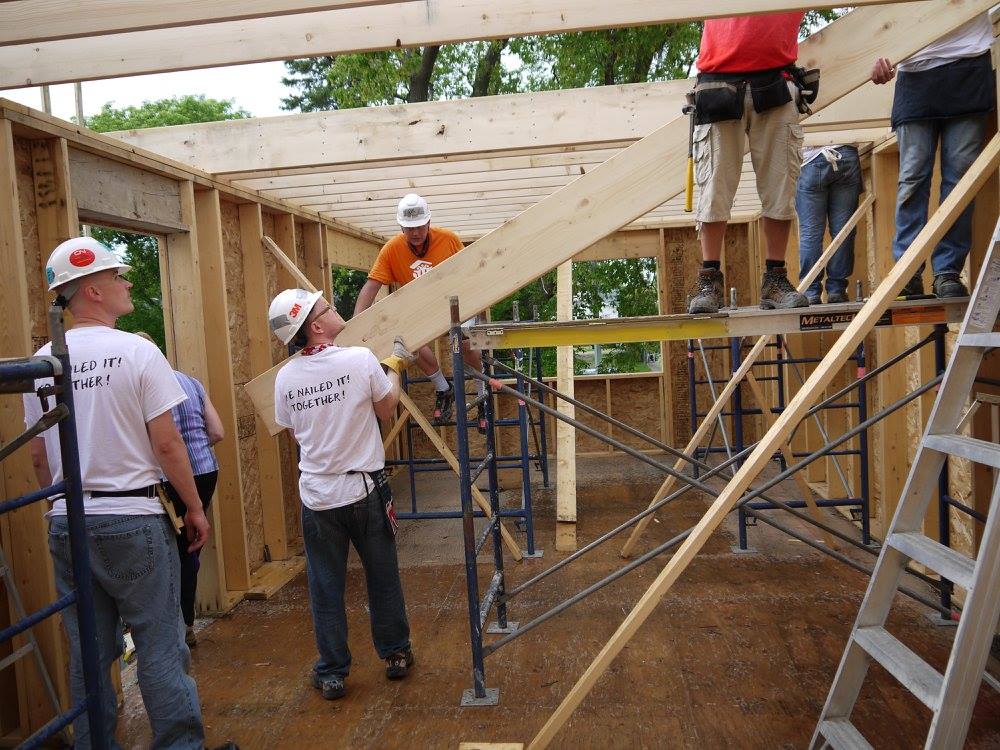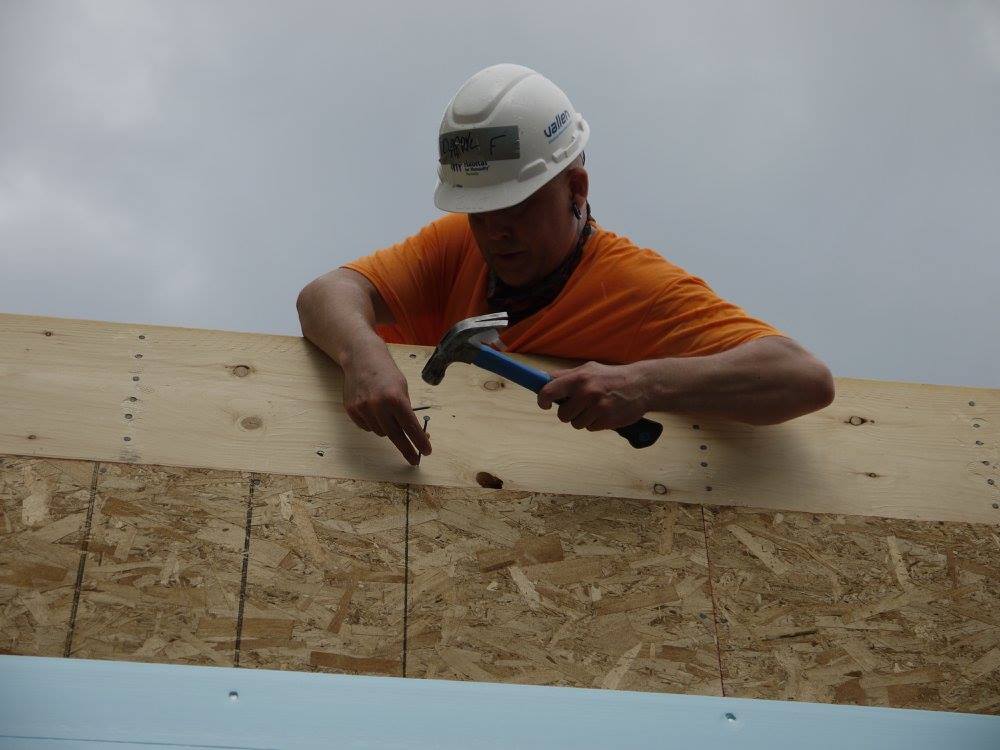The Right Tool for the Job

If you could travel back in time, what would be the one thing you would bring with you?
Most of you will probably answer “the winning lottery ticket numbers”, “my computer” or “detailed instructions on how to build the time machine in case it breaks and I need to get back”. I would bring back an air-powered nail gun.
Why a nail gun? Witnessing the expression of awe on a home builder’s face when you drive a nail into a 2×4 in a millisecond would be the ultimate moment. Tools have the ability to transform a routine task: finish it faster, improve the quality of the finished product, and even improve the experience of the user. I experienced the opposite transformation a few weeks ago when Darryl (one of our Re-TRAC Connect developers) and I volunteered to build homes for Habitat for Humanity*.
Both of us have had our fair share of personal home renovations, so we were ready and willing to put our skills to good use. After we completed the safety orientation, we were handed a hard hat, gloves, tool belt, hammer and nails and assigned tasks. I looked down at the claw mallet in my hand and wondered why we were using a tool that dates back to the Paleolithic Stone Age. (It’s likely similar to the thought that goes through a teenager’s mind when they are told to use a fax machine to send a message.)
Why weren’t we using nail guns? There are a number of things to consider when choosing the right tool for the job.
1) Level of expertise required
Without question, every time we consider using a product we assess whether we have the skills to use it. If we don’t, what type of learning curve is required? A jackhammer is the perfect tool for ripping up a driveway but you might not be comfortable with standing on a machine that’s dangerously loud and requires a sturdy grip. Nail guns, while extremely effective, can also be dangerous. The volunteers level of experience at Habitat for Humanity ranged from beginner to professional, and since many were volunteering for only the day, the time that it would take to learn how to use a nail gun safely outweighed the benefits.

2) Dependability
Is this the first version? Has it been field tested? How long has the company been in business? These are all questions that you should be asking before making the plunge and adopting a new tool. “Years in the business” isn’t an automatic thumbs-up for a product, but it’s definitely a good start. Habitat for Humanity provided us with hammers that were from a well-respected tool manufacturer, as the last thing they wanted was the head of the hammer falling from the roof and injuring a worker.
3) Cost
The common expression “you get what you pay for” is generally true, especially with building tools. Last month I wrote about the importance of buying smart and incorporating sustainability into the buying equation. Just because a product has the lowest price tag, doesn’t necessarily mean it has great value. You may end up having to replace the tool, or discover that the quality of the product doesn’t meet your needs. When I purchased a nail gun, I made the mistake of getting the cheapest one possible. It jammed within the first three hours of use so with the time I spent trying to get it fixed (only to decide to return it) I soon discovered that none of the time wasted was worth the savings at the till.

4) Bells and Whistles
Sometimes it just needs to work. With Re-TRAC Connect, we understand that there’s a fine balance between adding new features and ensuring that the user experience is a good one. Adding extra functionality for the sake of it can increase the complexity and cost to maintain the product and ultimately fail to improve the use of the tool. For example, the last thing I want on my refrigerator is an LCD screen; it’s one more thing that can break. I’d much rather learn that the manufacturer spent the money investing in technologies that will help it consume less energy without my intervention. A hammer is pretty basic, so it’s hard to argue that they’ve added too many features.
Did they pick the right tool?
Based on the 4 items above (and particularly the level of expertise consideration), Habitat for Humanity hit the nail on the head by choosing it over the nail gun (pun intended).
*Habitat for Humanity and Re-TRAC Connect have a relationship that dates back 24 years. Our President, Rick Penner, coined the name, wrote the business plan, and launched the very first “Habitat ReStore” in May of 1991. The new concept successfully made used building materials available to the general public at greatly reduced prices and prevented valuable materials (hardwood floors, used bricks, windows) from being sent to the local landfill.